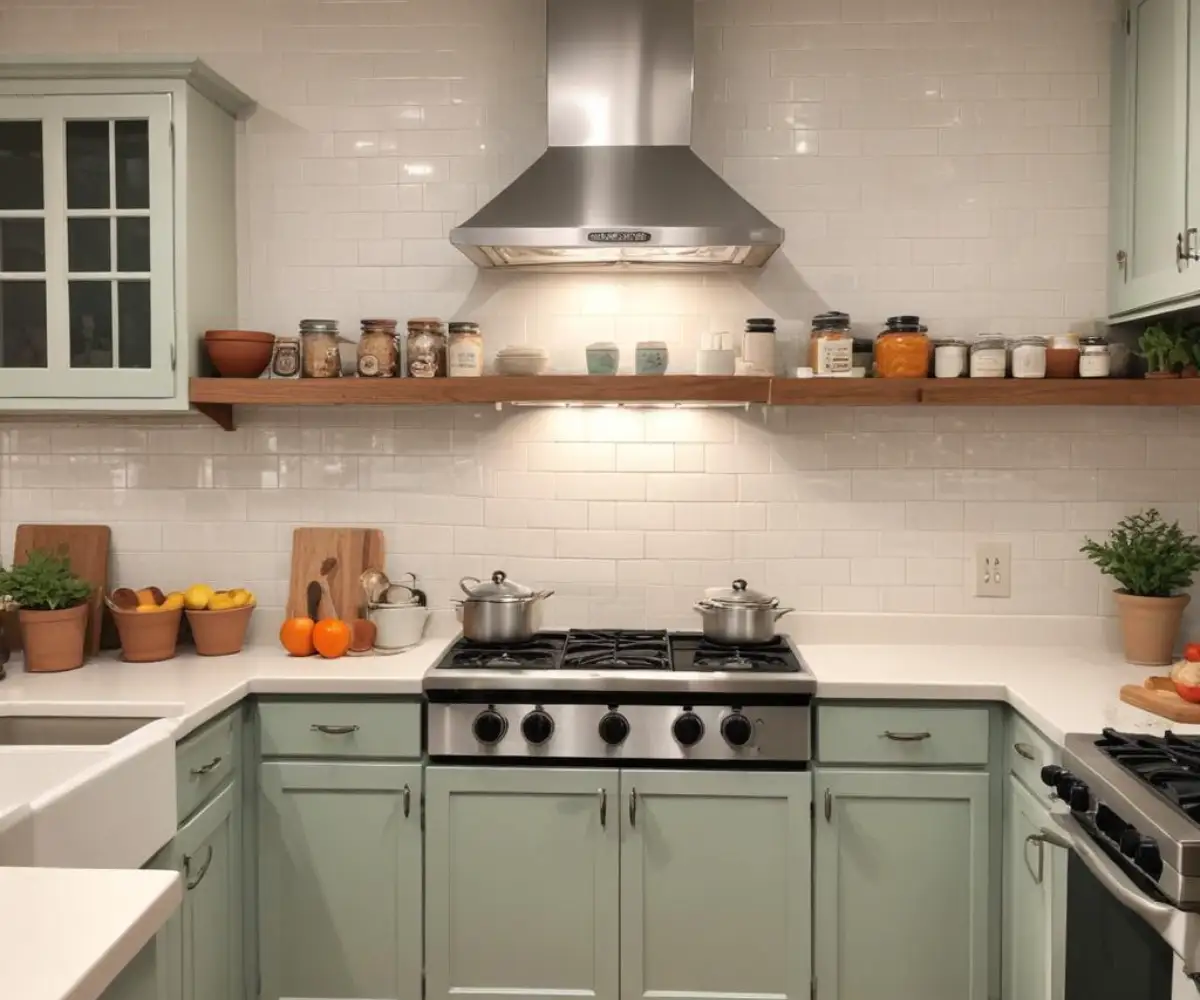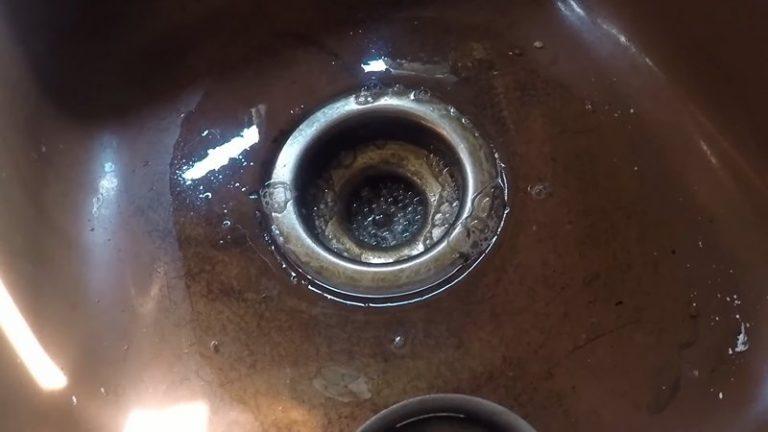How Hard Is It to Redo a Backsplash? Your Brutally Honest Guide
Thinking about a kitchen refresh? Redoing your backsplash is one of the highest-impact upgrades you can make, but the fear of a difficult, messy, and expensive project holds many homeowners back. You might be wondering if it’s a project you can realistically tackle yourself or if you’re destined to call a pro.
The truth is, the difficulty of redoing a kitchen backsplash can range from a straightforward weekend task to a complex job best left to experts. This guide will break down every factor, from demolition to the final polish, so you can decide with confidence.
You'll Learn About
What Really Determines the Difficulty of a Backsplash Redo?
The challenge of your project isn’t just about laying tile. Several key factors can dramatically shift the difficulty, time, and cost involved. Understanding these variables is the first step to a successful DIY project.
Your Existing Backsplash Material (The #1 Factor)
What you’re removing is just as important as what you’re installing. If you have a simple painted wall, your prep work will be minimal. However, removing an old, strongly bonded tile backsplash can be labor-intensive and messy.
Carefully removing old tile without damaging the drywall behind it is the biggest challenge for most DIYers. If the original installer used a very strong adhesive, you might end up pulling off chunks of drywall, which will require patching and repair before you can even think about putting up new tile.
The New Tile You Choose
Not all tiles are created equal in terms of installation difficulty. Simple, uniform tiles are much more forgiving for beginners. On the other hand, complex patterns or materials require more precision and specialized tools.
Mosaic sheets, for example, can be tricky to grout evenly, while natural stone tiles may require a wet saw for precise cuts. Classic ceramic subway tiles are often recommended for beginners because they are easy to cut, set, and grout.
Your Wall Condition
A smooth, flat wall is crucial for a professional-looking finish. If your walls are uneven, have significant holes, or are bowed, tiles will not sit flat. This creates an unprofessional look with uneven grout lines, a problem known as “lippage.”
Proper wall preparation is a step you absolutely cannot skip. Taking the time to patch holes and sand the surface smooth is essential for good adhesion and a level installation.
The Scope of the Project
A small, rectangular area behind the sink is much simpler than a large kitchen with multiple inside and outside corners, windows, and electrical outlets. Each outlet or switch requires a precise cut in the tile, which adds to the complexity and time required.
Careful measurement and planning are key. Always measure multiple times before making a cut, especially around obstacles.
The Complete Toolkit: What You Absolutely Need
Having the right tools is non-negotiable for this project. Fumbling with the wrong equipment can lead to frustration and poor results. Here’s a breakdown of what you’ll need for each stage of the process.
Demolition Tools
If you’re removing an old tile backsplash, you’ll need tools to get the job done without destroying your wall. A hammer, a stiff putty knife or pry bar, and a utility knife are essential for carefully breaking the grout and prying off old tiles. Safety glasses and gloves are a must during this phase.
Installation Tools
For setting the new tile, you’ll need a notched trowel to apply adhesive, a level to ensure your lines are straight, and tile spacers for consistent grout joints. A tile cutter or a wet saw will be necessary for making cuts. You’ll also need buckets for mixing adhesive and grout, a grout float to apply the grout, and sponges for cleanup.
Safety Gear
Do not underestimate the importance of safety. Always wear safety glasses to protect your eyes from flying debris during demolition and cutting. Gloves will protect your hands from sharp tile edges and chemicals in the adhesive and grout.

The Step-by-Step Process: From Drab to Fab
Broken down into manageable steps, a backsplash replacement is much less intimidating. Follow this process for a smooth and successful installation that looks professional.
Step 1: Preparation is Everything (Don’t Skip This!)
Before you start, clear everything off your countertops. Use cardboard or drop cloths to protect your counters and tape off the cabinets and any surrounding areas. Crucially, turn off the power to any electrical outlets or switches in the backsplash area at the breaker box.
Step 2: The Art of Demolition
If you have an existing tile backsplash, this is where the hard work begins. Use a hammer and a pry bar or chisel to gently tap and pry the old tiles away from the wall. The goal is to remove the tile with minimal damage to the underlying drywall.
Step 3: Wall Repair and Prep
Once the old backsplash is gone, you’ll likely have some wall damage to address. Use a scraper to remove any lingering adhesive. Fill any holes or gouges with spackle or joint compound, let it dry, and then sand the entire area until it’s smooth.
Step 4: Layout and Your First Row
Your layout is the blueprint for a perfect installation. Measure the wall to find the center point and draw a level line to guide your first row of tiles. Dry fitting a row of tiles with spacers on the countertop first will help you plan your cuts and avoid ending up with tiny, awkward slivers of tile at the ends.
Step 5: Setting the Tile
Mix your thin-set mortar or adhesive according to the manufacturer’s instructions. Apply a thin, even layer to a small section of the wall with the flat side of your trowel. Then, use the notched side to comb ridges into the adhesive.
Firmly press your first tile into the mortar with a slight twisting motion. Use tile spacers to ensure even gaps between each tile and continue across the wall, working in small sections at a time.
Step 6: Grouting for a Polished Look
After the adhesive has fully cured (typically 24 hours), you can remove the spacers and begin grouting. Mix the grout to a peanut butter-like consistency and apply it diagonally across the tiles with a grout float, pressing it firmly into the joints.
After about 15-30 minutes, use a damp sponge to gently wipe the excess grout off the tile surfaces. Be careful not to pull the grout out of the joints.
Step 7: Sealing and Caulking
Once the grout has cured completely (usually 2-3 days), you should apply a grout sealer to protect it from stains and moisture. The final step is to apply a thin bead of caulk along the joint where the backsplash meets the countertop and where it meets the cabinets. This creates a flexible, waterproof seal.
| Factor | Difficulty Level (1-5) | Why It Matters |
|---|---|---|
| Removing Existing Tile | 3-5 | Can cause significant wall damage if not done carefully. The main variable in project difficulty. |
| Wall Condition | 2-4 | Uneven walls require extensive prep work (patching, sanding) for tiles to lay flat. |
| Tile Type (New) | 2-5 | Simple ceramic is easy. Mosaics, glass, and natural stone require more skill and special tools. |
| Number of Cuts | 3-4 | Working around many outlets, windows, and corners adds complexity and time. |
| Grouting | 2-3 | Requires patience to achieve clean, consistent lines and to clean the haze off properly. |
Common Mistakes That Scream “Amateur” (And How to Avoid Them)
A few common errors can undermine all your hard work. Being aware of these pitfalls ahead of time will help you achieve a result that looks truly professional.
The most frequent mistake is improper layout. Starting your tile pattern without finding the center of the wall can lead to unbalanced and awkward-looking cuts at the edges. Always plan your layout before the first tile touches the wall.
Another tell-tale sign of a DIY job is inconsistent grout lines. Use tile spacers religiously to maintain even gaps. Also, failing to clean off grout haze completely can leave a dull film on your new tiles, so be thorough with your final wipe-down.
DIY vs. Hiring a Pro: Making the Smart Choice
So, should you do it yourself? A backsplash is a fantastic project for an intermediate DIYer looking to build skills. It doesn’t require major structural changes and can be completed with a modest set of tools.
When DIY is a Great Idea
If you have a straightforward layout, are using a relatively simple tile like ceramic subway tile, and have the patience for detailed work, this is a very manageable project. The cost savings can be significant, as labor often accounts for a large portion of the total price.
When to Call a Professional
If you’re using very expensive materials (like marble slabs), have a complex layout with many intricate cuts, or if the demolition reveals significant wall damage that you’re not comfortable repairing, it’s wise to hire a professional. For larger kitchen renovations, coordinating professional services is key; if you’re getting new counters, for instance, many find value in reading up on Lowe’s countertop installation reviews to understand the full scope of professional services.
Conclusion: Is Redoing Your Backsplash Worth It?
Absolutely. Redoing your kitchen backsplash is a project that delivers a huge visual return for a relatively modest investment of time and money. While it requires patience and attention to detail, it is well within the reach of most homeowners with basic DIY skills.
By understanding the factors that influence difficulty, gathering the right tools, and following a methodical process, you can transform your kitchen in a single weekend. The satisfaction of stepping back to admire your own handiwork is a reward in itself.

